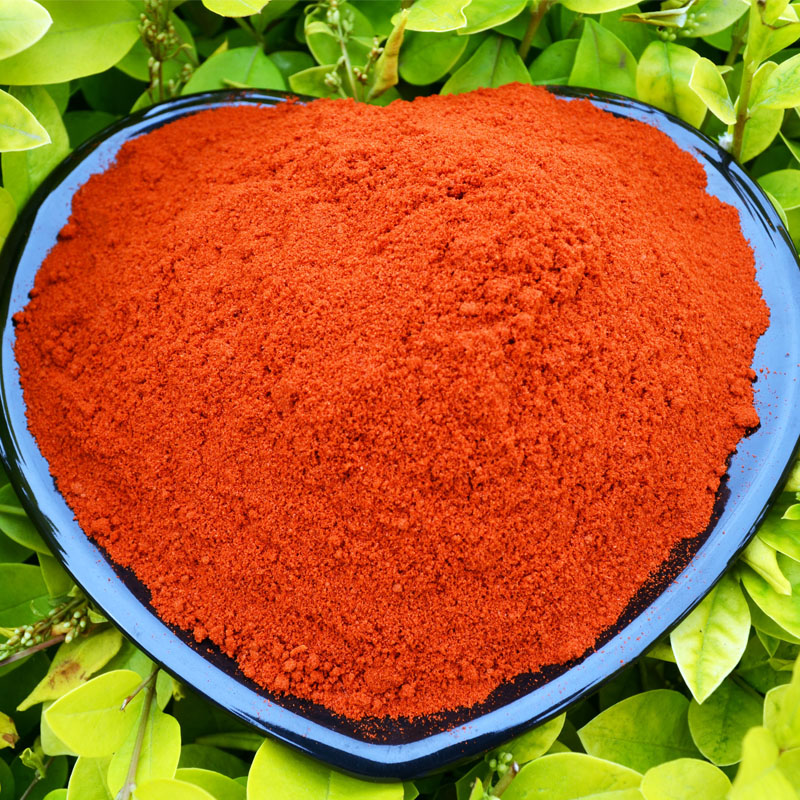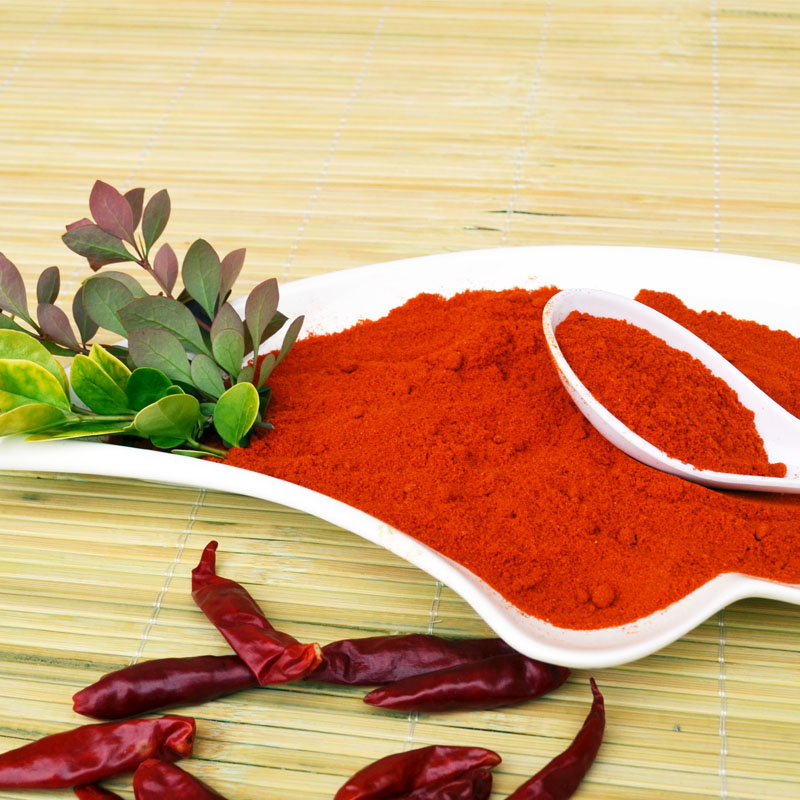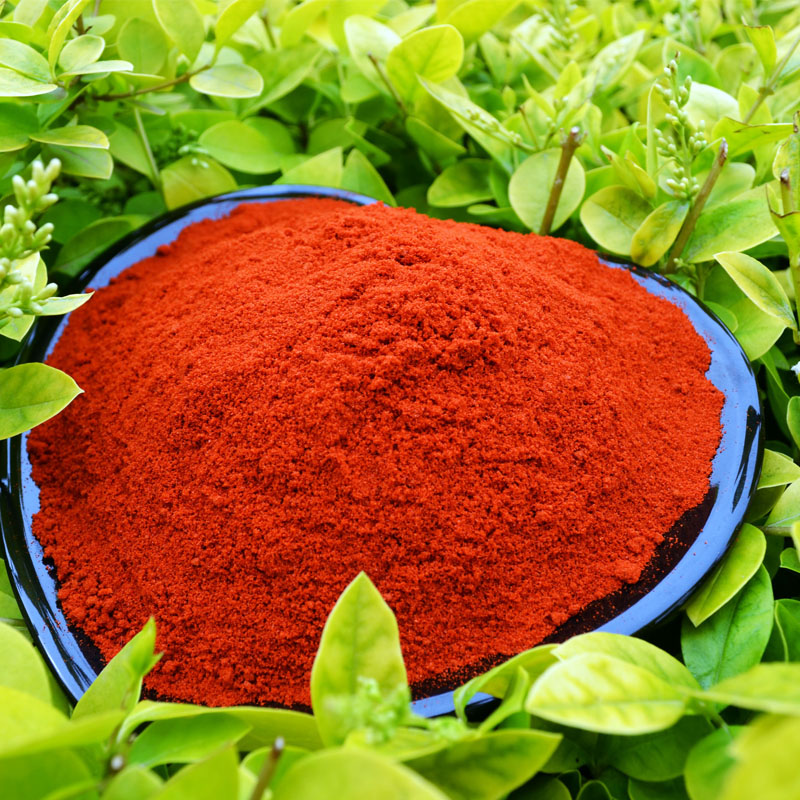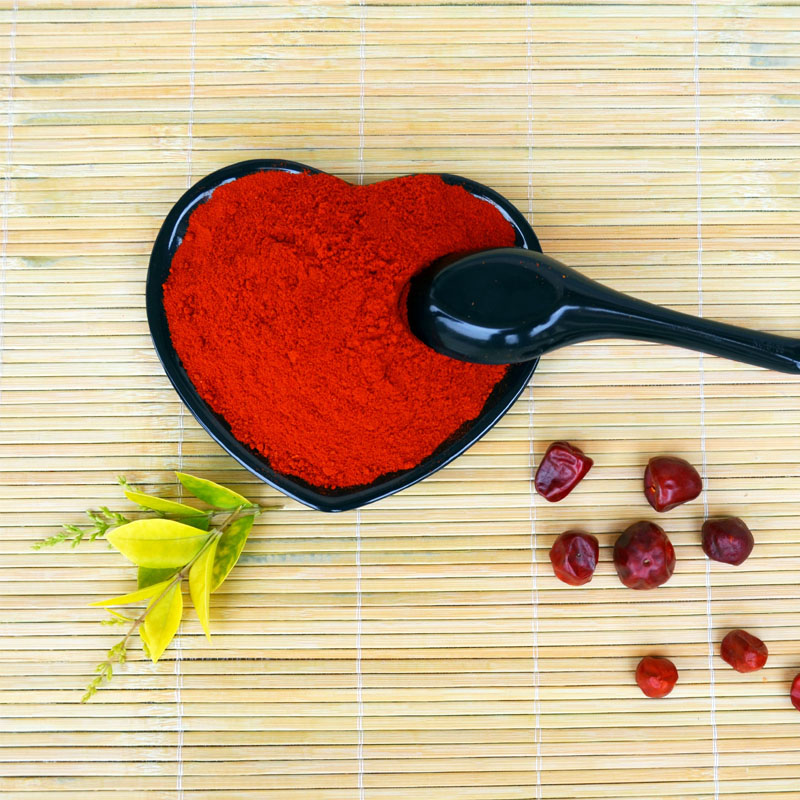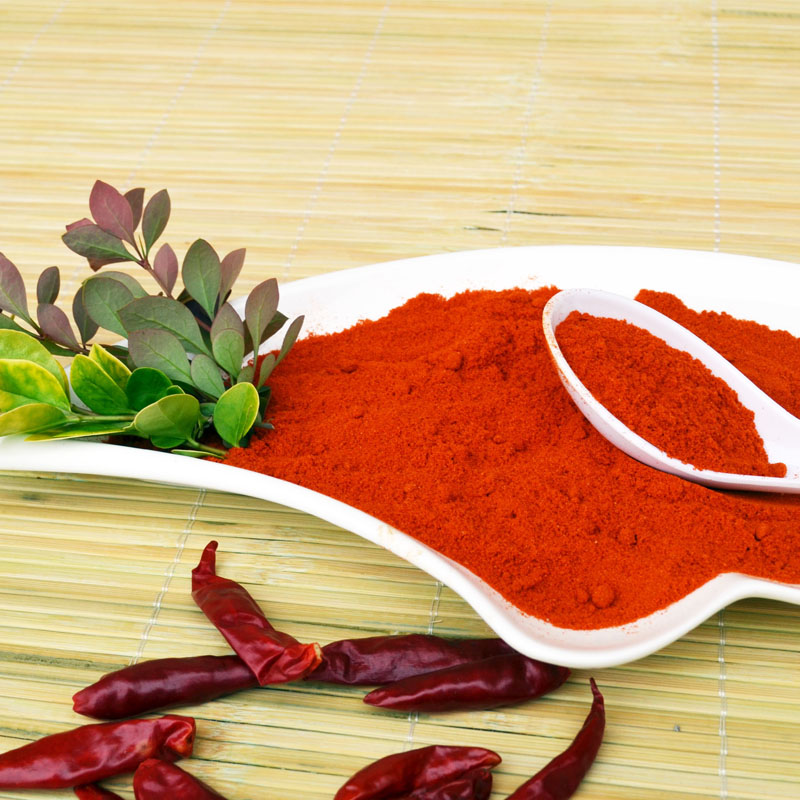
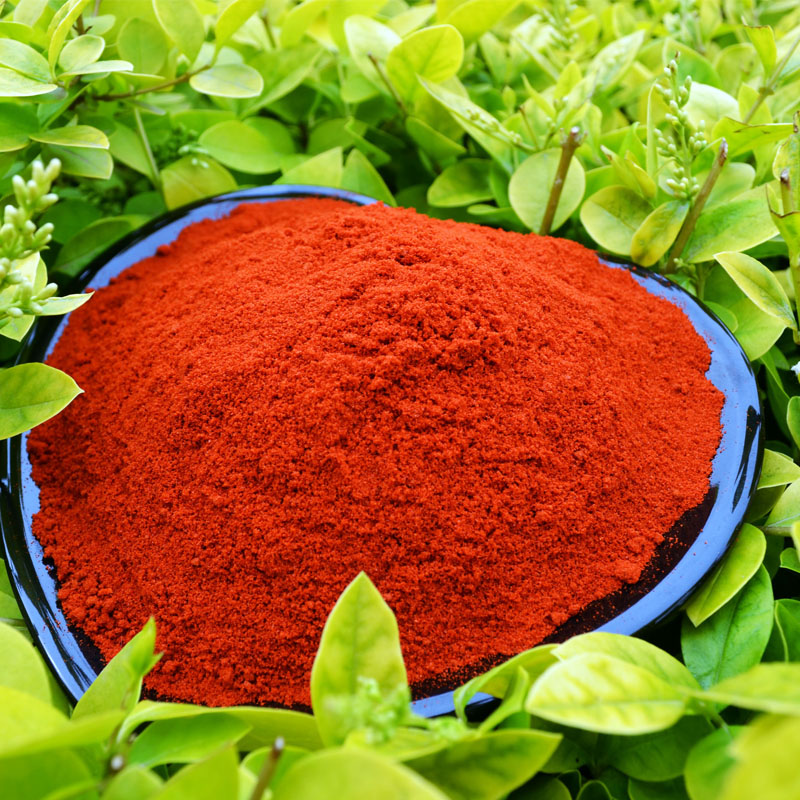
Ngwaahịa chili na-enweghị ihe mgbochi na-egbu egbu na-enweghị ihe mgbakwunye ZERO na-ere ahịa ugbu a na mba na mpaghara na-enwe mmasị iji ya mgbe a na-esi nri. Asambodo BRC, ISO, HACCP, HALAL na KOSHER dị.
N'ozuzu, ngwaahịa ụdị ntụ ntụ anyị juru n'ime akpa akwụkwọ 25kg nwere akpa mkpuchi PE dị n'ime. A na-anabatakwa ngwugwu mkpọsa.
Red chili peppers, which are a part of the Solanaceae (nightshade) family, were first found in Central and South America and have been harvested for use since about 7,500 BC. Spanish explorers were introduced to the pepper while on a search for black pepper. Once brought back to Europe, the red peppers were traded in Asian countries and were enjoyed primarily by Indian cooks.
The village of Bukovo, North Macedonia, is often credited with the creation of crushed red pepper.[5] The name of the village—or a derivative of it—is now used as a name for crushed red pepper in general in many Southeast European languages: "буковска пипер/буковец" (bukovska piper/bukovec, Macedonian), "bukovka" (Serbo-Croatian and Slovene) and "μπούκοβο" (boukovo, búkovo, Greek).
